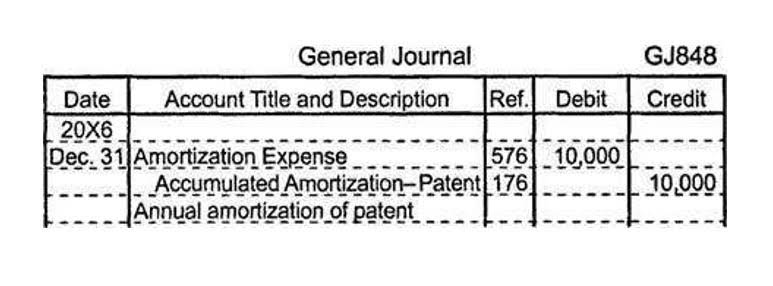
With the LIFO method, the cost of goods sold would be $90 since the last 20 basketballs you purchased cost $6 dollars each. Your inventory value would then be $180 since you have five basketballs left purchased for $6 each and 30 left for $5 each. For example, your business purchased 50 bags of chips for $1 each, then at a later date, decided to buy 30 more, but the price rose to $2 each. When you stay updated with your inventory every day, you don’t face the risk of overstocking, and you always retail accounting have the needed items.
- Specific identification inventory costing attaches cost to specific items in inventory.
- A bookkeeper can review your transactions once a week, for example, while the accounting firm provides expert guidance in preparing your taxes and formulating your financial strategy.
- If you make any significant one-time investments, you need to keep a record of those in a separate account so that it is easy for you to differentiate between them and your regular expenses.
- Some alternatives to retail accounting include financial accounting, which analyzes all company transactions in financial statements.
- In this article, we will explain what retail bookkeeping is, why it is important, and how to do it effectively.
- It’s also convenient since you don’t have to physically count inventory every time.
Why do I need a Bookkeeper for my Retail Business?
When you run a business, proper financial management becomes vital to your success. Understanding the 10 functions of a bookkeeper helps you make informed decisions about your financial management needs and makes sure your business maintains accurate records. Let’s look at the key roles a bookkeeper plays in supporting your business growth. The first in, first out (FIFO) is an Coffee Shop Accounting inventory costing method that calculates inventory value, considering that the goods you acquired first are the first ones you sell. This method is commonly used by businesses that sell inventory with an expiration date, like food and drinks.
Evaluating Your Retail Business’s Financial Health: Key Indicators
- Finally, throughout the quarter, you purchased new yarn and accessories, which cost a total of $10,000.
- It’s important that retail store operators have a clear understanding of their cash flow.
- It’s a simple way to estimate your inventory balances and value without spending too much time on inventory management.
- There are several misconceptions that can adversely affect the financial management of a business.
Your bookkeeper creates clear, accurate reports that help you understand your company’s financial gross vs net position and make informed decisions. Let’s look at each function in detail, understanding how they work together to support your business goals. Whether you’re just starting out or looking to improve your existing financial management, these functions form the foundation of sound business practices. They handle the detailed work that gives you clear insights into your business performance.

Inventory Turnover
The IRS allows you to use any method you want to value your inventory for tax purposes. The caveat is, once you choose a method you have to stick with it, unless you get permission from the IRS to change your costing method. This rule is in place to keep business owners from “gaming the system” by frequently switching costing methods to get the best tax advantages. This brings us back to inventory valuation methods, including retail accounting. Regular financial reviews are important for maintaining the health of the accounting system. This involves periodically reviewing financial statements, assessing the effectiveness of current bookkeeping practices and making necessary adjustments.
Frequent financial reporting can help you better understand your business. For instance, generating a profit and loss statement (P&L) every month can show you how your profitability is changing over time. It may even reveal annual cycles that can help you plan financially—like holding onto cash from your busy season to help you make it through the slower months. Modern financial automation tools can help you track assets, liabilities, and owners’ equity in real time, giving you better visibility into your financial position.
Why is retail bookkeeping important?
Your working capital is necessary not only for paying the bills but also for launching new initiatives such as fresh marketing efforts, expanding your inventory, or purchasing new equipment. If you pay all your debts in time, you can maintain a positive credit score, and getting your receivables ensures a positive cash flow for your business. For retail bookkeeping, you have to record any money owed to you or any money you owe to anyone. You have to manage various things and ensure all tasks are carried out as smoothly as possible. Between managing the inventory, keeping a record of the finances, and invoicing, there are way too many tasks that have to be completed for your retail store to run successfully.
Successfully Scaling Your Business: 7 Steps to Sustainable Growth

The specific identification is another inventory costing method that tracks the cost of each item you have in stock by assigning a different price to each item, usually with SKUs. This method helps businesses keep track of every item in their inventory without grouping them. Using Vencru for retail bookkeeping can help you automate all your accounting processes and keep an accurate record of all the expenses and income.

You might need to find a more accurate method to use with retail accounting to get the exact prices and inventory values. Starting with the advantages—retail accounting can help you quickly estimate your inventory balance, especially when doing multichannel inventory management. It’s also convenient since you don’t have to physically count inventory every time. The retail method is different from the other costing methods since it values the inventory based on the retail price instead of the cost to acquire them.
